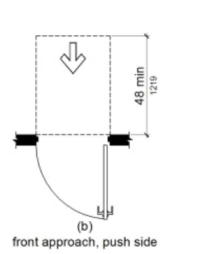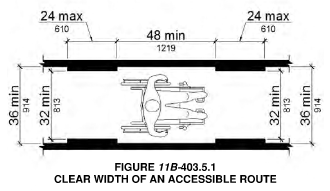Yikes
SAWHORSE
Please confirm that at a 36" sliding (pocket) door, the required 36" wide door clearance for a front approach can include the space between the door jambs.
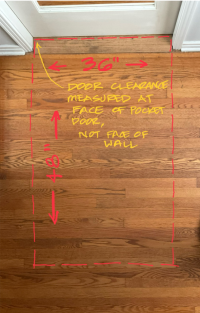
The model code illustration in ADAS/11B-404.2.4.2(a) shows it to face of wall, but the table 11B-404.2.4.2 dimensions it to the stop and latch side with zero inches, and Fig. 11B-404.2.3(b) shows it as measured to inside face of jamb stop.
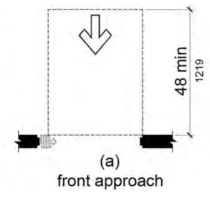

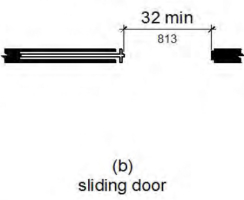

The model code illustration in ADAS/11B-404.2.4.2(a) shows it to face of wall, but the table 11B-404.2.4.2 dimensions it to the stop and latch side with zero inches, and Fig. 11B-404.2.3(b) shows it as measured to inside face of jamb stop.




